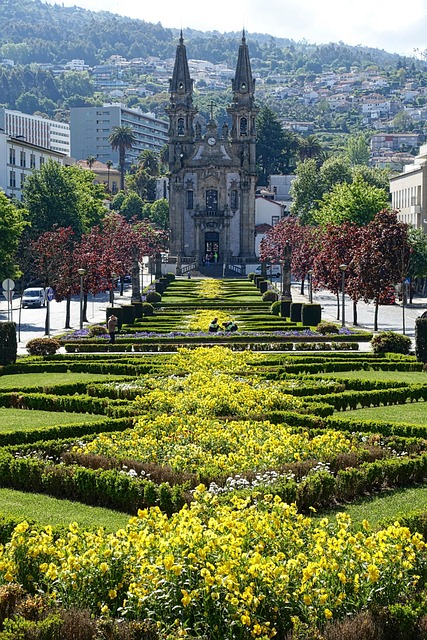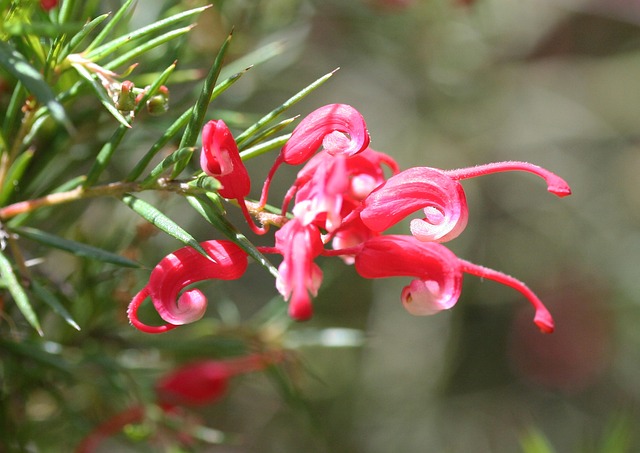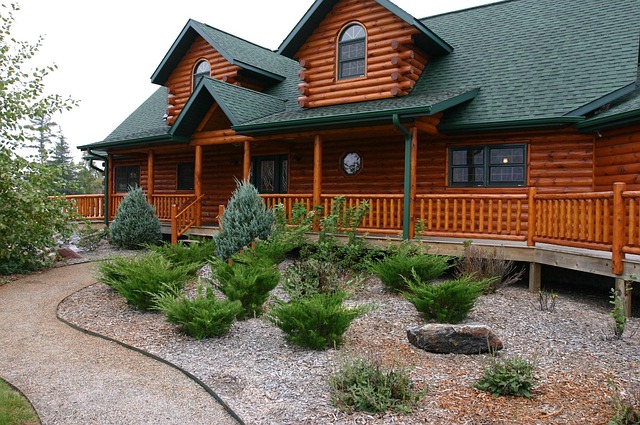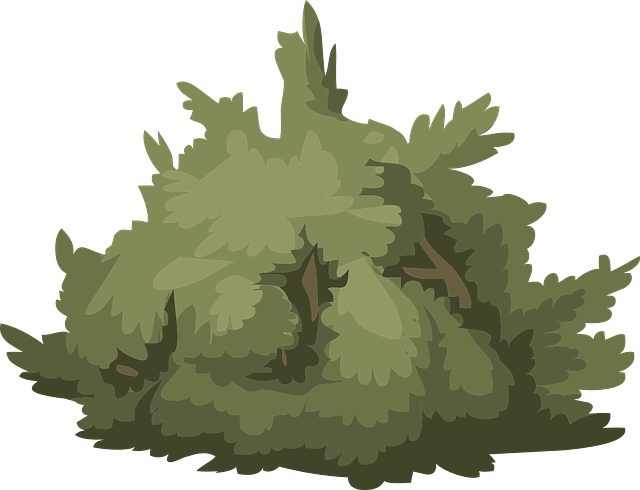Xeriscaping, a sustainable landscaping trend in Portland, Oregon, aims to combat droughts by creating low-water outdoor spaces. Using native plants, drip irrigation, and rain barrels, residents can reduce water consumption while maintaining lush landscapes. Portland's mild climate and diverse native plant life make it ideal for drought-resistant practices, promoting environmental sustainability and habitat for local wildlife through strategic planting and efficient watering techniques.
“Discover how Xeriscaping is transforming Portland, OR into a haven of drought-resistant beauty. This innovative landscaping approach, designed to conserve water and thrive in arid conditions, is gaining traction across the city. In this comprehensive guide, we explore the fundamental principles of xeriscaping, ideal plants for Portland’s climate, strategic design tips, and essential maintenance tricks. Embrace a greener, more sustainable outdoor space with these expert insights tailored for Portland, OR landscaping.”
- Understanding Xeriscaping: The Basic Principles for Drought-Resistant Landscaping
- Why Portland OR is an Ideal Candidate for Drought-Tolerant Gardens
- Popular Plants and Trees for a Water-Efficient Portland Landscape
- Design Strategies for a Drought-Resilient Outdoor Space
- Maintenance Tips to Keep Your Portland Landscaped Garden Thriving During Dry Spells
Understanding Xeriscaping: The Basic Principles for Drought-Resistant Landscaping

Xeriscaping is an innovative and sustainable approach to landscaping that’s gaining popularity in Portland, OR, as a response to the region’s frequent droughts. The practice focuses on creating beautiful outdoor spaces that require minimal water, ensuring a more resilient and eco-friendly garden ecosystem. At its core, xeriscaping involves several key principles:
Reducing Water Usage: This is achieved by selecting plants that are native to Oregon’s climate and drought-tolerant, minimizing the use of irrigation systems, and incorporating water-efficient features like drip irrigation or rain barrels. Portland residents can significantly reduce their water consumption while still enjoying lush, vibrant landscapes.
Why Portland OR is an Ideal Candidate for Drought-Tolerant Gardens

Portland, Oregon, is an ideal candidate for drought-resistant landscaping due to its unique ecological characteristics and climate. The city’s mild, temperate weather and consistent rainfall patterns create a natural environment conducive to water conservation. With occasional droughts and water scarcity issues, adopting xeriscaping principles becomes increasingly essential for both homeowners and urban planners.
The region’s diverse plant life also plays a significant role in making Portland a perfect location for drought-tolerant gardens. Native plants adapted to the local climate require less water and provide a beautiful, low-maintenance solution. Moreover, Portland’s commitment to sustainability and environmental stewardship makes it a leader in promoting water-efficient landscaping practices, ensuring a greener and more resilient future for both its residents and the environment.
Popular Plants and Trees for a Water-Efficient Portland Landscape
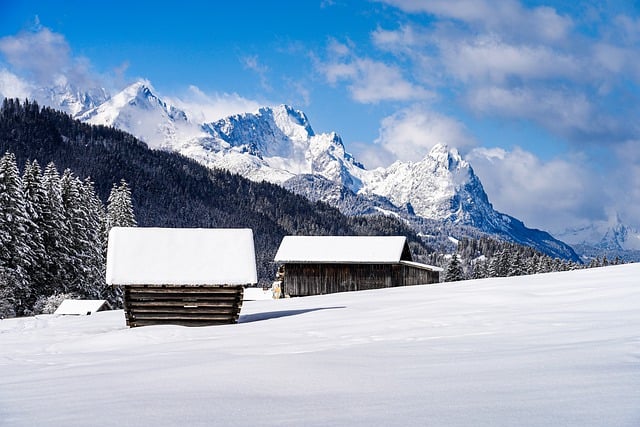
In Portland, Oregon, where water conservation is a priority, xeriscaping and drought-resistant landscaping practices are gaining popularity. When designing a water-efficient garden, choosing the right plants and trees can make all the difference. Native species are often top choices as they require less maintenance and are adapted to the region’s climate. For example, the Oregon Grape (Mahonia aquafolia) is a vibrant evergreen shrub that not only adds beauty but also acts as a natural barrier against erosion. Its year-round appeal makes it a popular pick for Portland OR landscaping.
Other drought-tolerant options include the Western Redbud (Cercis canadensis), known for its stunning pink flowers in spring, and the Oregon Iris (Iris tenax), which thrives in sunny locations with well-draining soil. Conifers like the Rocky Mountain Juniper (Juniperus scopulorum) offer year-round greenery and require minimal water. These plants not only save water but also provide habitat for local wildlife, making them an excellent choice for Portland OR landscaping that is both sustainable and aesthetically pleasing.
Design Strategies for a Drought-Resilient Outdoor Space

In Portland, OR, designing a drought-resilient outdoor space involves thoughtful planning and selecting native plants adapted to the region’s climate. The goal is to minimize water usage while maintaining a vibrant landscape. One effective strategy is to prioritize xeriscaping techniques, focusing on deep soil profiles, mulching, and efficient irrigation systems that deliver water directly to plant roots. This approach ensures that water is used effectively, promoting strong root growth and overall resilience during dry periods.
Additionally, incorporating diverse vegetation is key. Native plants are well-suited to withstand droughts as they require less maintenance and provide habitat for local wildlife. Varying plant heights and textures creates visual interest while ensuring that some foliage remains throughout the year. Strategically placed hedges, shrubs, and trees can also act as natural windbreaks, reducing evaporation and conserving moisture. These design elements, combined with proper care, contribute to a beautiful and sustainable Portland, OR landscaping experience that thrives despite water restrictions.
Maintenance Tips to Keep Your Portland Landscaped Garden Thriving During Dry Spells

Keeping your xeriscaped garden in Portland, OR thriving during dry spells requires minimal effort but significant foresight. Firstly, choose native plants and drought-resistant varieties that are adapted to Oregon’s climate—they’ll need less water and care. Implement a deep watering schedule; while fewer times per week, each session should saturate the soil thoroughly down to the roots. Mulch plays a pivotal role in retaining soil moisture, so apply a generous layer around your plants. Regularly remove weeds that compete for water and nutrients, and consider using organic mulch or compost to further enhance soil health.
Don’t forget to inspect your irrigation system regularly; fix any leaks promptly to prevent water waste. During extended dry periods, you might need to supplement natural rainfall. Use drip or soaker hoses instead of traditional sprinklers for more efficient watering. Lastly, maintain your garden’s overall health with regular pruning and deadheading to encourage new growth and keep the landscape looking vibrant, even under challenging conditions.
Portland, OR’s unique climate makes it an excellent city for embracing xeriscaping and drought-resistant landscaping. By implementing these strategies, residents can create beautiful, water-efficient outdoor spaces that thrive during dry spells. With the right plants, design, and maintenance, Portlanders can contribute to a more sustainable future while enjoying lush, low-maintenance gardens. Adopting these practices is not only beneficial for individual properties but also for the overall health of our community and environment in the face of increasing drought conditions.
